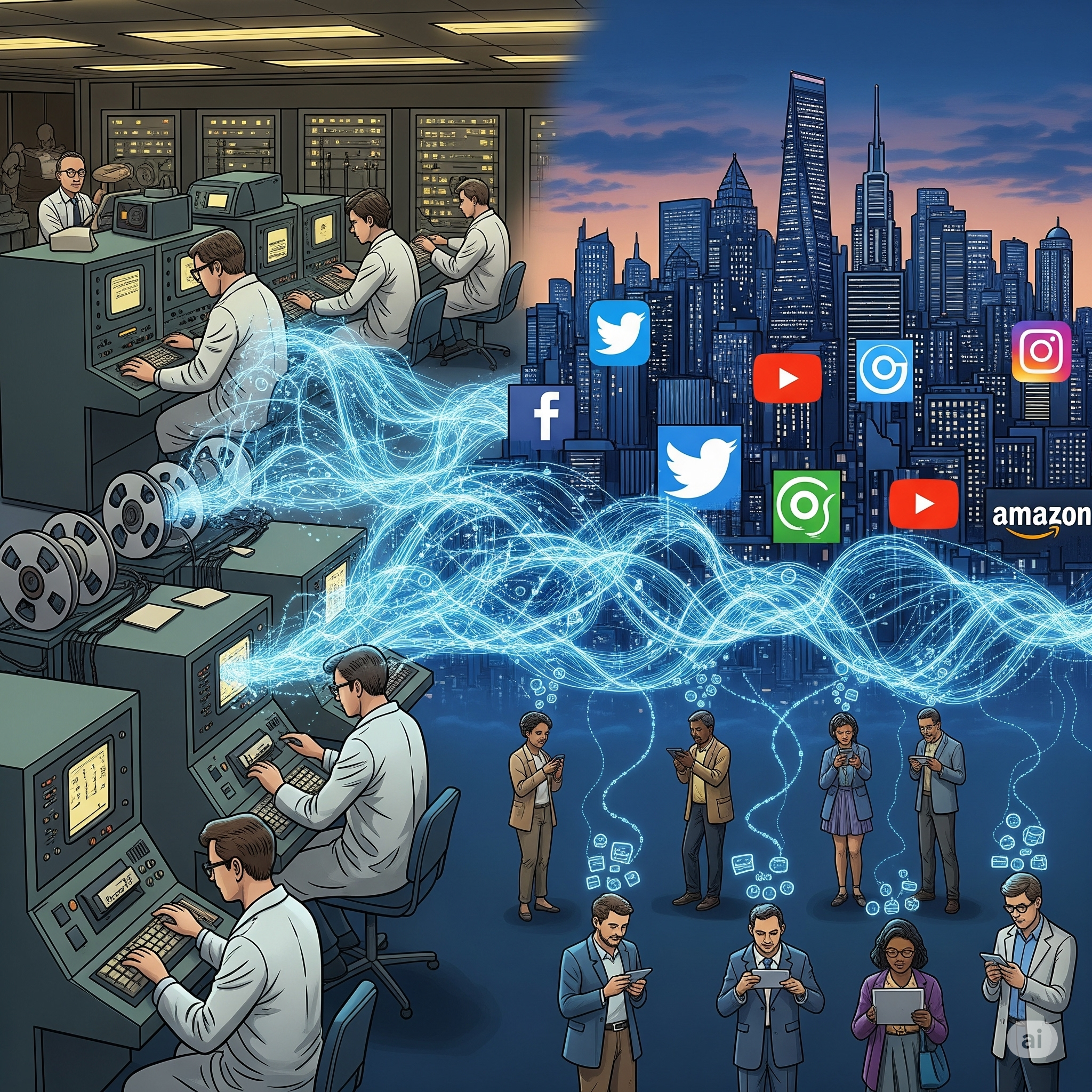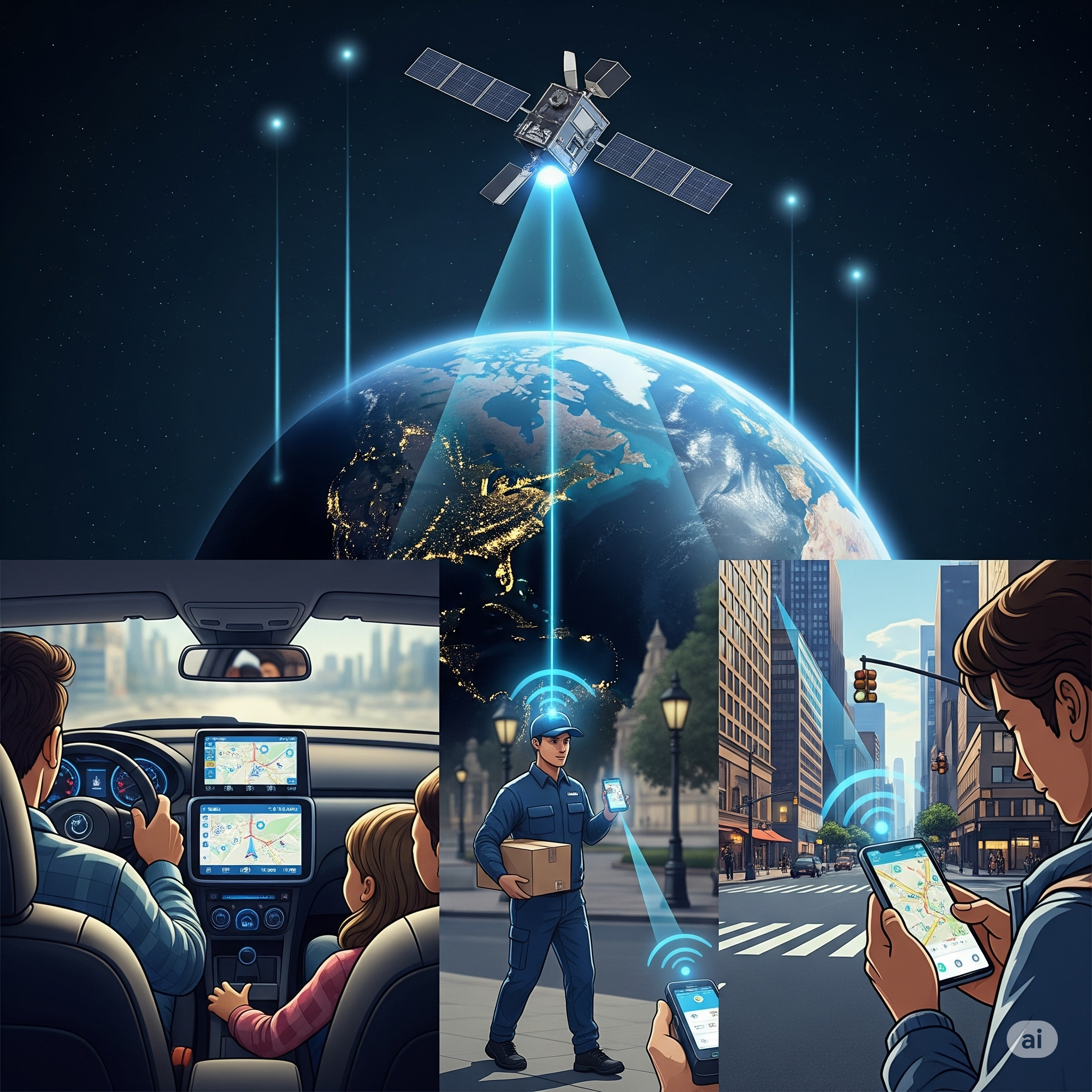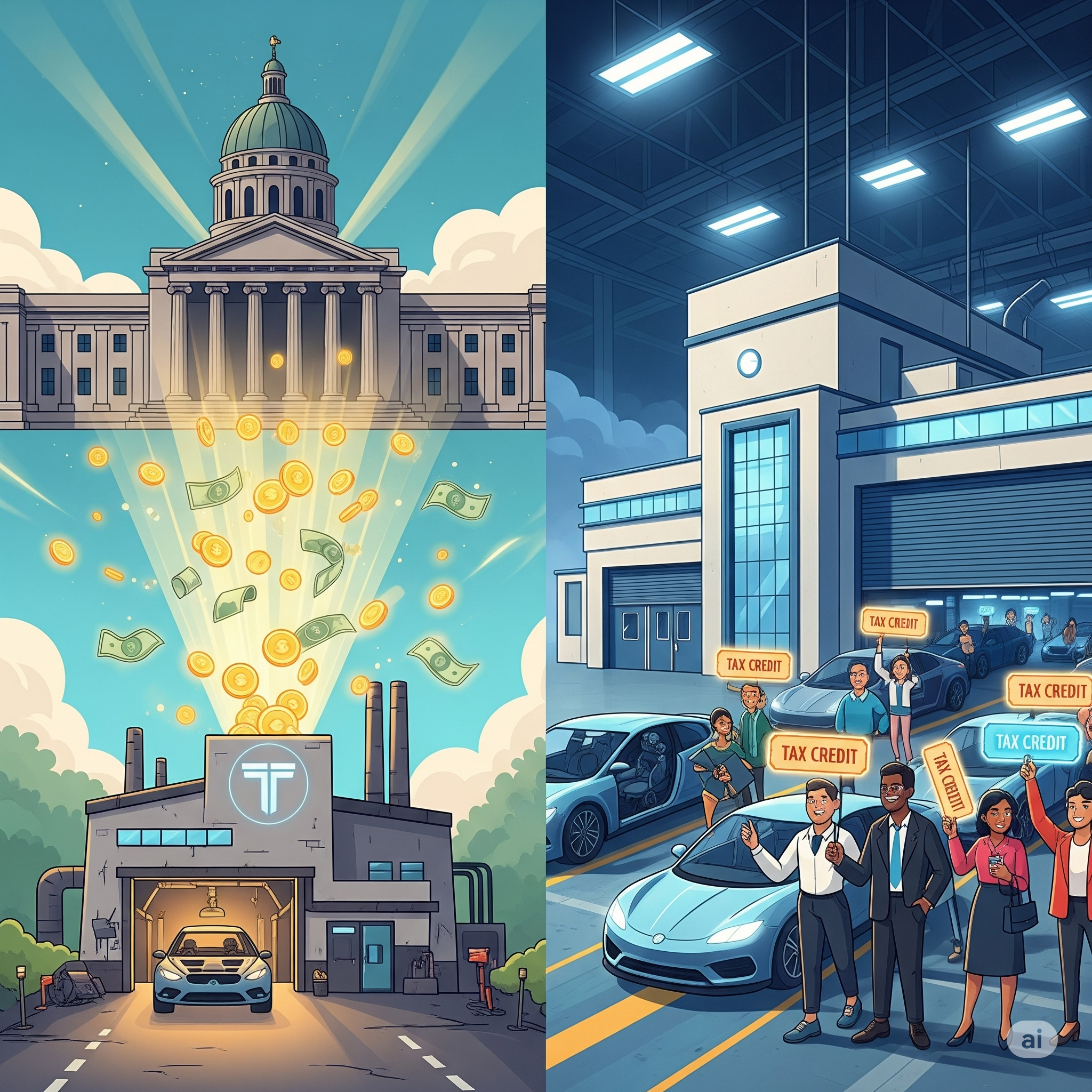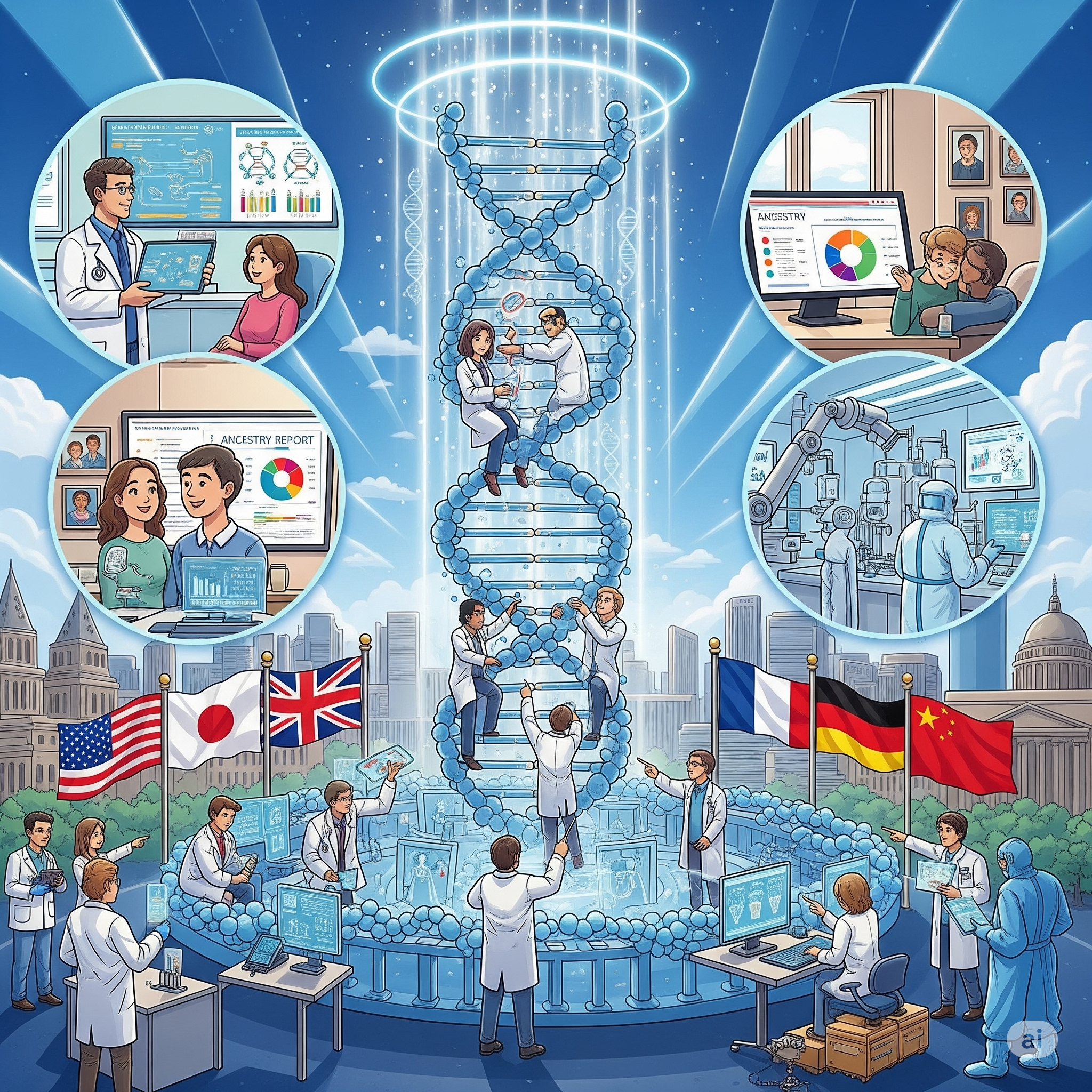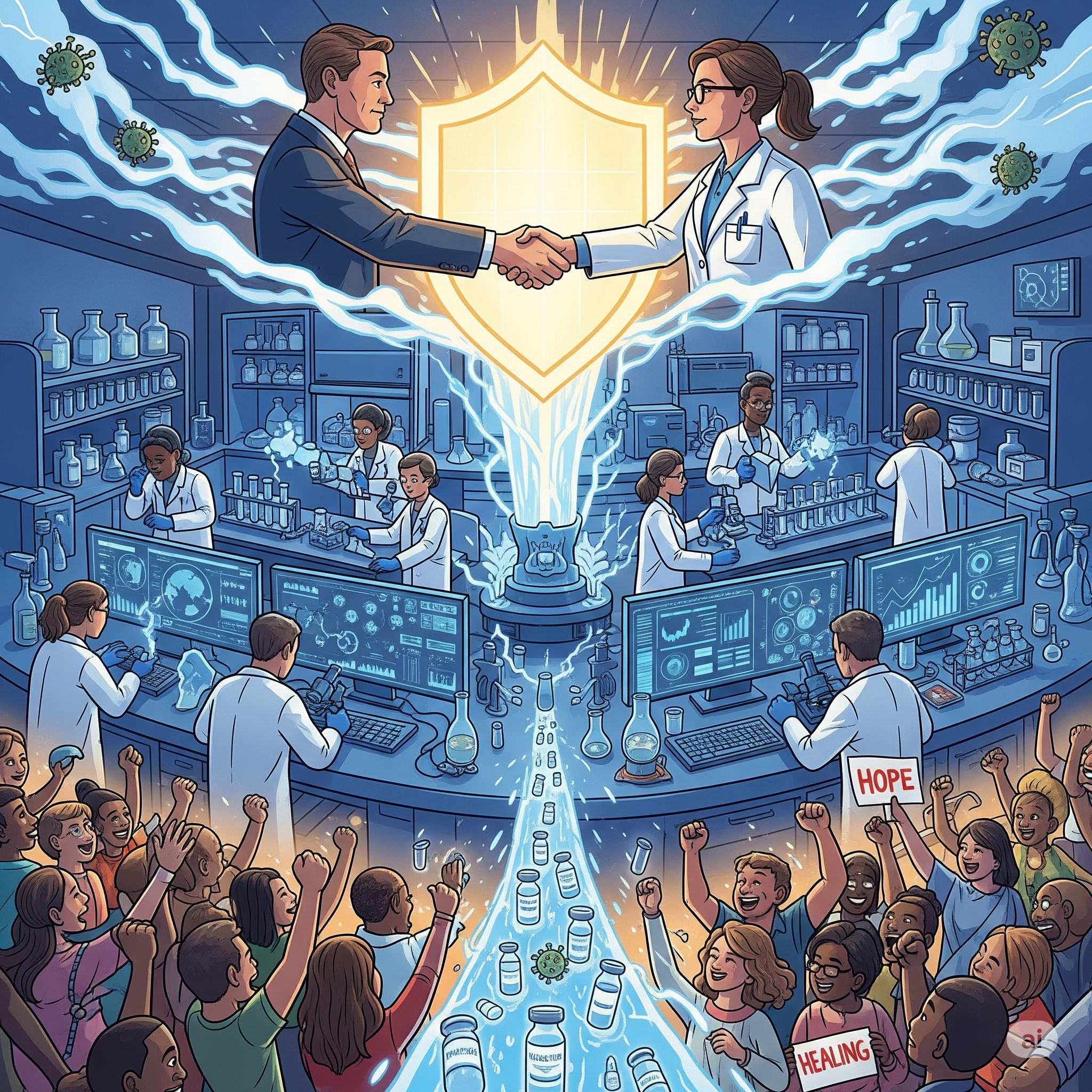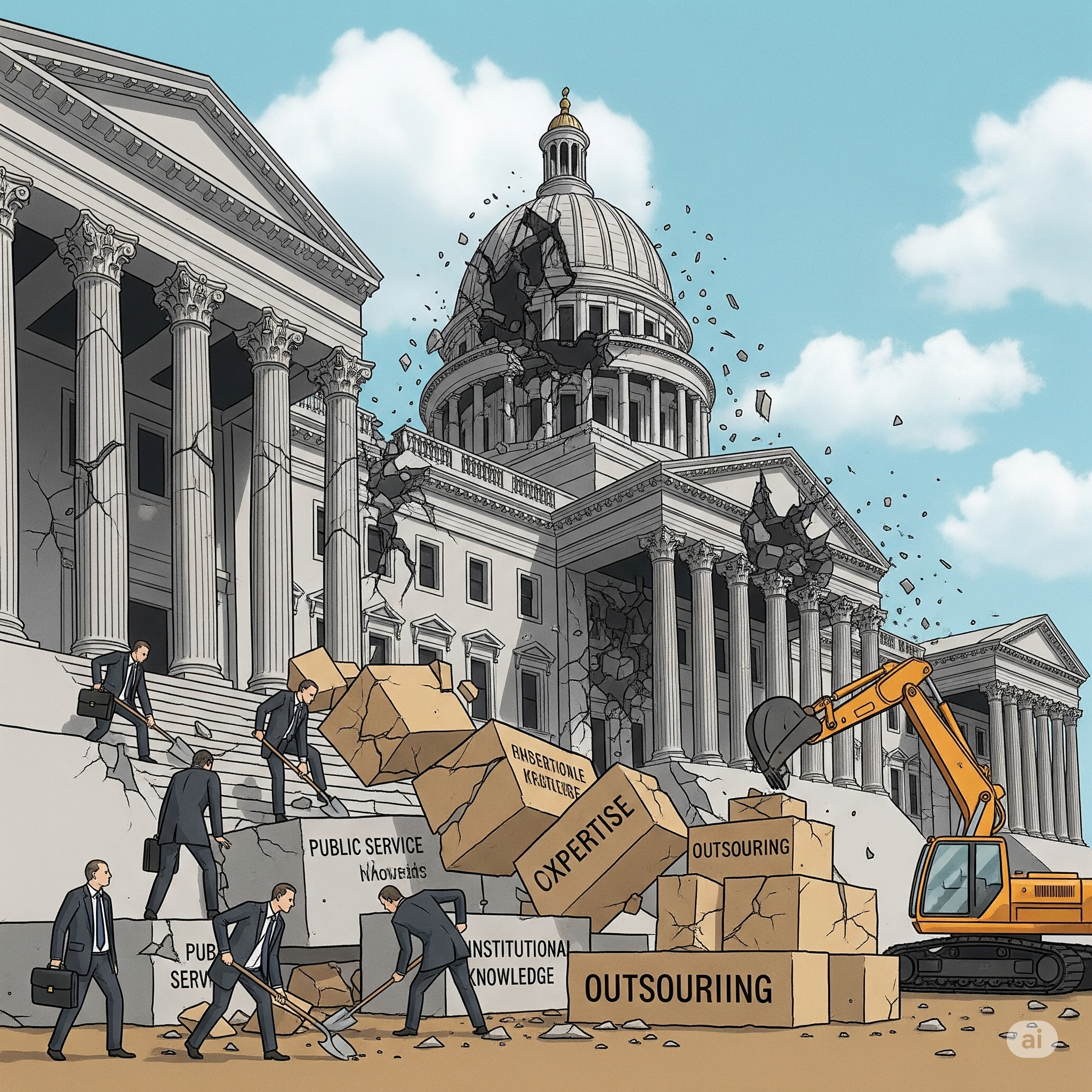Five Examples of This Happening in Real Life
Here are five examples where the state played the role of a visionary, risk-taking partner to achieve a major goal.
1. Creating the Internet
Today’s internet, which powers companies from Google to Amazon, was not invented by the private sector.
- The Mission: In the 1960s, during the Cold War, the U.S. Department of Defense wanted a communication network that could survive a nuclear attack.
- The State’s Precise Role: Its Advanced Research Projects Agency (ARPA, later DARPA) conceived of, funded, and managed the entire project. It brought together scientists from different universities and directed them to build a decentralised, packet-switching network called ARPANET.
- Unique Value of the State: Patience and Vision. No private company would have funded a hugely expensive, technically uncertain project with no immediate commercial application. The government was the only entity willing and able to fund this high-risk, long-term research for decades, purely for a strategic goal. It created the entire technological foundation that private companies later built upon.
2. The Global Positioning System (GPS)
The GPS in your phone, car, and countless delivery apps is a direct result of a state-led mission.
- The Mission: The U.S. military needed a way to accurately track the location of its assets (submarines, ships, soldiers) anywhere in the world.
- The State’s Precise Role: The Department of Defense designed, funded, built, and launched the entire satellite constellation. The U.S. Air Force continues to operate and maintain the system to this day.
- Unique Value of the State: Infrastructure Builder and Giver. The government was the only entity with the resources to build a multi-billion dollar global utility in space. Crucially, in the 1980s, it made this powerful military technology available for free to civilian and commercial users worldwide, creating a massive new market for location-based services that generates hundreds of billions in economic value.
3. Kickstarting the Electric Vehicle Market (Tesla)
While Elon Musk is famous for Tesla, the company’s survival and success were directly enabled by a state-led industrial strategy.
- The Mission: To reduce America’s dependence on foreign oil and kickstart a domestic advanced vehicle manufacturing industry to compete globally.
- The State’s Precise Role: In 2010, through the Advanced Technology Vehicles Manufacturing (ATVM) program, the U.S. Department of Energy gave Tesla a crucial $465 million loan. This was not a handout, but a strategic investment when private capital was scarce and the company was close to collapse. The government also created the market by offering a $7,500 tax credit to consumers who bought EVs, directly boosting demand.
- Unique Value of the State: Strategic Early-Stage Investor and Market Creator. The government acted like a venture capitalist with a public purpose. It provided critical capital at a moment of high risk that other investors would not, and it used policy (tax credits) to build customer demand from scratch, making the entire industry viable.
4. Mapping Our Genes (The Human Genome Project)
The breakthroughs in genetic medicine, ancestry tests, and personalised treatments are all built on this monumental, state-led scientific mission.
- The Mission: To map and sequence the entire human genetic code—a foundational “source code” for human biology.
- The State’s Precise Role: The U.S. National Institutes of Health (NIH) and the Department of Energy initiated and provided the majority of the $3 billion in public funding. They coordinated a global consortium of scientists from six countries, setting the rules and ensuring the data was made publicly and freely available.
- Unique Value of the State: Coordinator of ‘Big Science’ and Protector of Public Good. A project of this scale and complexity, requiring international collaboration over 13 years, could only have been organised and funded by governments. By insisting the data be public, the state prevented private companies from patenting human genes and created a shared, open platform for innovation that has fuelled the entire biotech industry for decades.
5. COVID-19 Vaccines (Operation Warp Speed)
The rapid development of COVID-19 vaccines was a direct result of governments stepping in to reshape the pharmaceutical market.
- The Mission: To produce and deliver hundreds of millions of doses of a safe and effective vaccine in less than a year—a process that normally takes a decade.
- The State’s Precise Role: Through “Operation Warp Speed,” the U.S. government (and similar efforts in the UK and Germany) invested billions to pre-fund research for multiple vaccine candidates simultaneously. Most importantly, it signed Advanced Purchase Agreements, guaranteeing it would buy hundreds of millions of doses from companies like Pfizer/BioNTech and Moderna before the vaccines were even proven to work.
- Unique Value of the State: Ultimate Risk-Taker. The government completely removed the financial risk for pharmaceutical companies. The firms didn’t have to worry if their vaccine would fail or if they could find buyers. The government’s promise to pay for the vaccines regardless of outcome allowed these companies to invest and scale up manufacturing at a speed that would have been commercially impossible otherwise.
